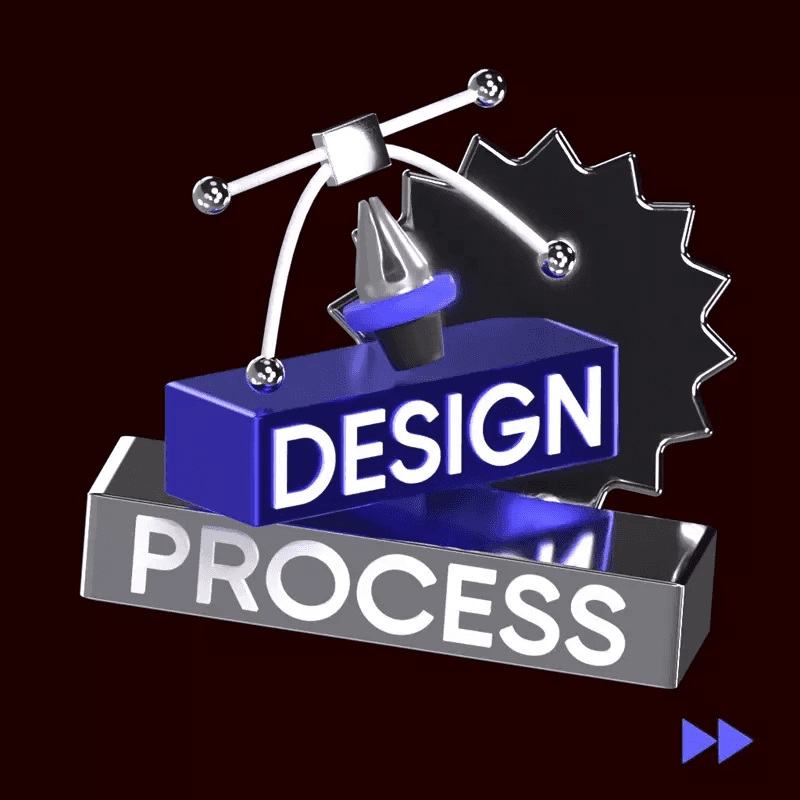Design Visualization
Design Visualization
Design Visualization
Design visualization refers to the process of creating realistic and visually compelling representations of designs, concepts, or ideas using various digital tools and techniques. It allows designers, architects, engineers, and other creative professionals to communicate and present their ideas in a visually engaging manner.
Design visualization plays a crucial role in multiple industries, including architecture, interior design, product design, automotive design, and entertainment. By employing advanced computer graphics, animation, and virtual reality technologies, design visualization enables stakeholders to envision and evaluate the proposed design before its actual implementation.
One of the primary objectives of design visualization is to bridge the gap between abstract concepts and tangible representations. It helps in conveying the intended look, feel, and functionality of a design, enabling clients, investors, and decision-makers to understand and provide feedback on the proposed project. This process facilitates effective collaboration, reduces misunderstandings, and enables informed decision-making throughout the design and development stages.
Benefits of Design Visualization:
Enhanced Communication: Design visualization allows designers to effectively communicate complex ideas and concepts to stakeholders, even if they lack technical expertise. Visual representations help in conveying the design intent, fostering better understanding and engagement.
Improved Decision-Making: By visualizing designs in a realistic manner, stakeholders can make informed decisions regarding aesthetics, functionality, and feasibility. This leads to more accurate design iterations and reduces the risk of costly modifications during the implementation phase.
Time and Cost Efficiency: Design visualization enables designers to identify and resolve potential issues early in the design process, saving time and resources. It allows for quick prototyping and testing of design alternatives, resulting in optimized designs and streamlined workflows.
Client Satisfaction: Visualizing designs helps clients visualize the end product, making it easier for them to provide feedback and make necessary adjustments. This collaborative approach fosters client satisfaction, as their expectations are better aligned with the final outcome.
Marketing and Promotion: High-quality visualizations can be used for marketing and promotional purposes, showcasing designs to potential clients, investors, or the general public. Compelling visual representations create a positive impression and generate interest in the design or product.
Overall, design visualization is a powerful tool that brings designs to life, enabling effective communication, informed decision-making, and successful project outcomes. By leveraging cutting-edge technologies and creative expertise, design visualization enhances collaboration, saves resources, and elevates the overall design process.
15,000+ customizable 3D design assets
for UI/UX, website, app design and more


quote post


Information post


marketing post
Sign up for free
View All
A
B
C
D
E
F
G
H
I
J
K
L
M
N
O
P
Q
R
S
T
U
V
W
X
Y
Z
#
View All
A
B
C
D
E
F
G
H
I
J
K
L
M
N
O
P
Q
R
S
T
U
V
W
X
Y
Z
#
View All
A
B
C
D
E
F
G
H
I
J
K
L
M
N
O
P
Q
R
S
T
U
V
W
X
Y
Z
#
Tools
Create
Tools
Create